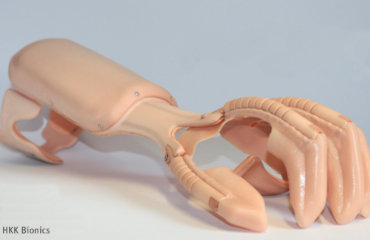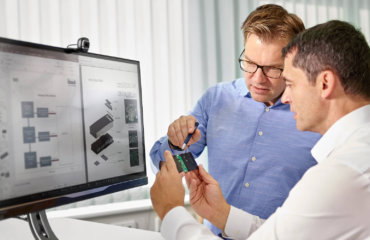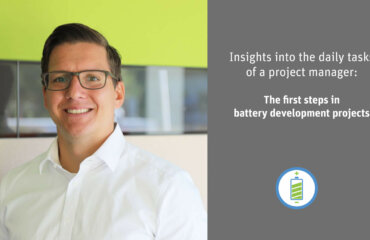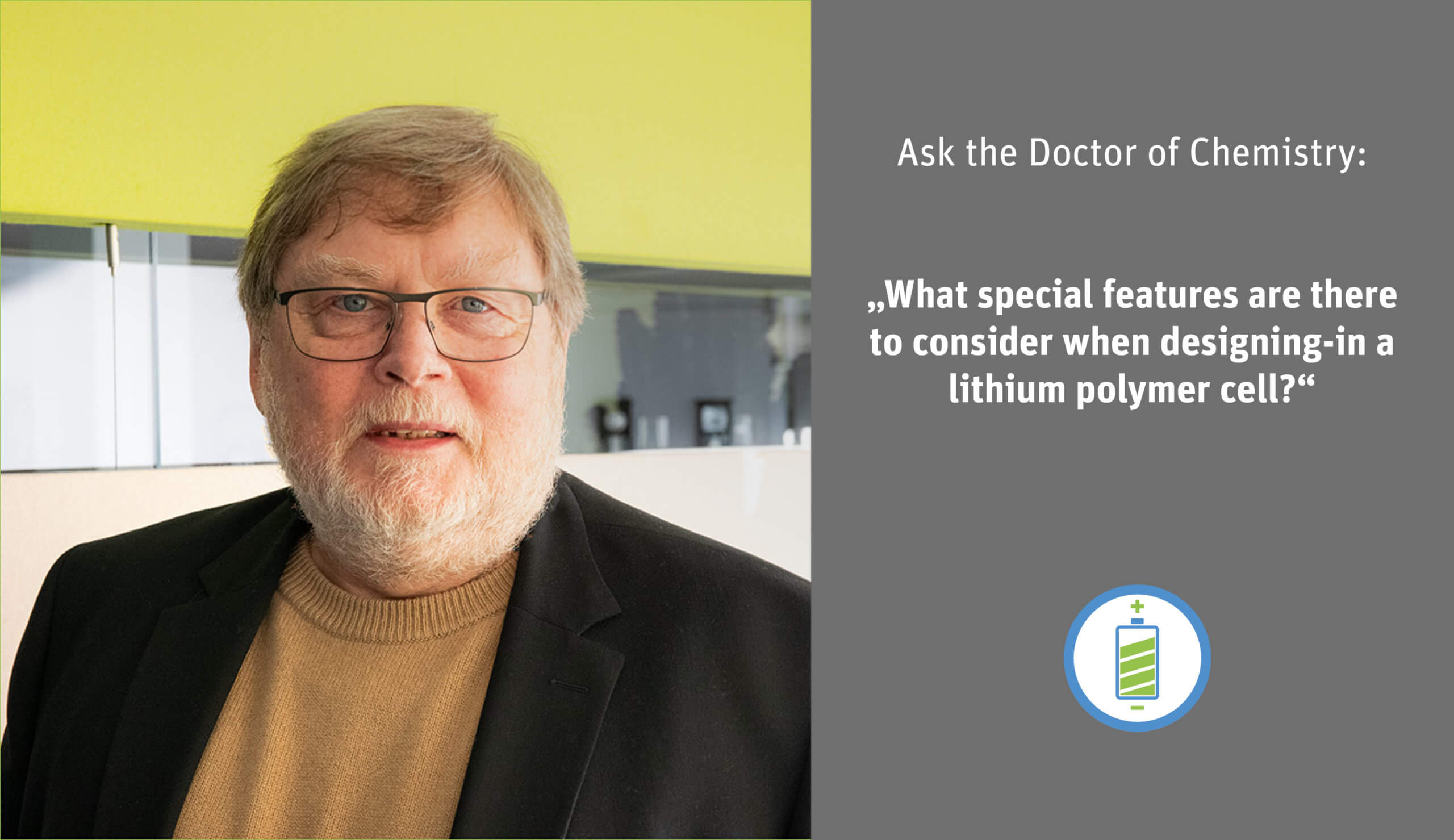
What special features are there to consider when designing-in a lithium polymer cell? An important point, according to battery expert Dr Jürgen Heydecke, is certainly the so-called “swelling”, the natural swelling of a lithium polymer cell in a fully charged state and over cycles. A fully charged cell is thicker than a discharged one. During charging, the electrodes become thicker, so the cell takes up to 15% more space overall. When designing the battery compartment, this “swelling” should definitely be taken into account.
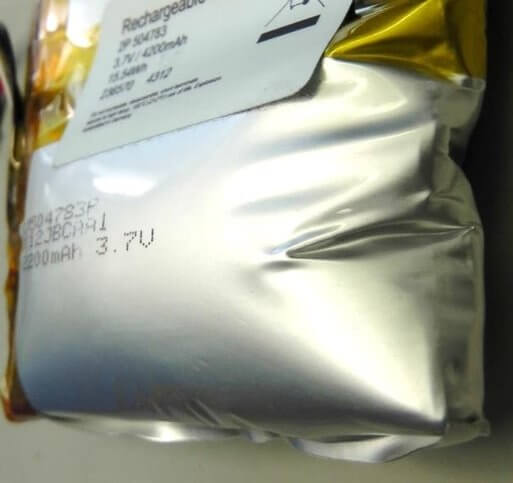
If the lithium polymer cell is used within specification, this chemical reaction poses absolutely no problem for the application. Otherwise, unwanted gas formation may occur: The cell can then swell like a pillow far beyond its designed space. This “abuse swelling” can occur if the cell is generally stored or permanently charged at too high temperatures. Under certain circumstances, this chemical overreaction is also possible with deep discharge.
More from our “Ask the Doctor of Chemistry” series:
What actually happens when lithium batteries are over-charged or deep discharged?


 Deutsch
Deutsch 

